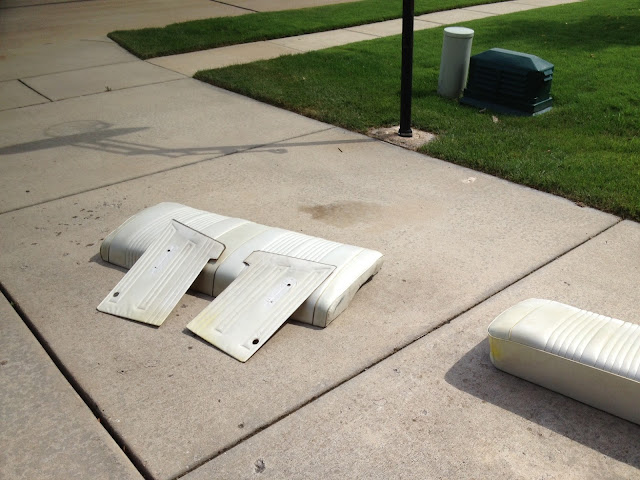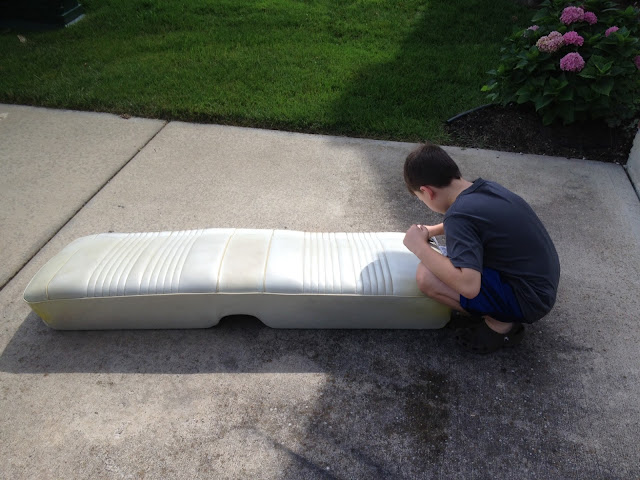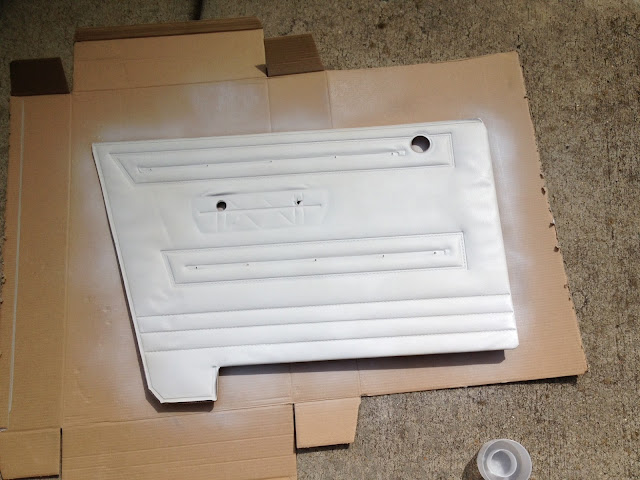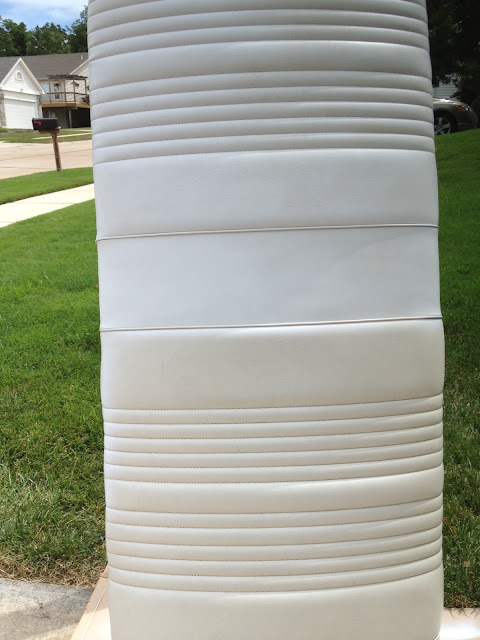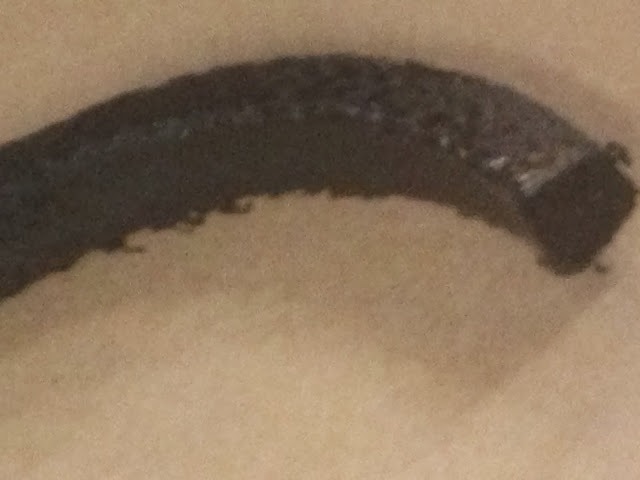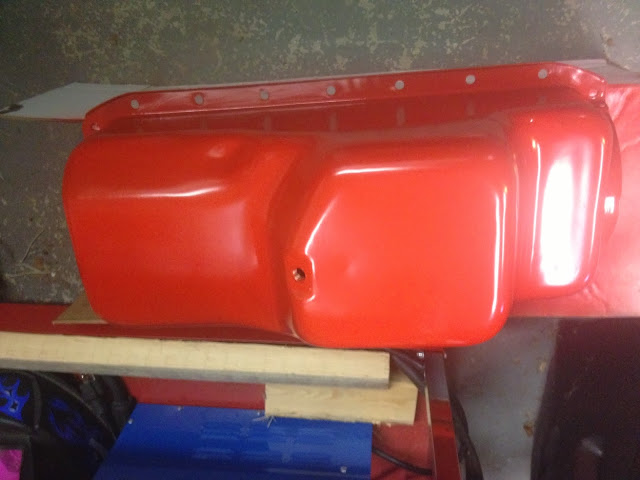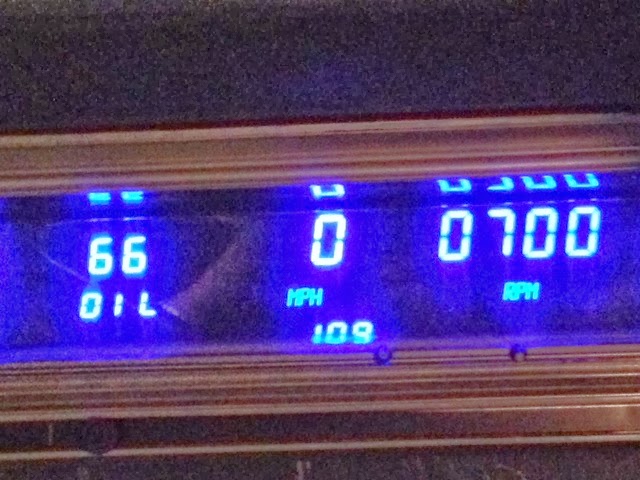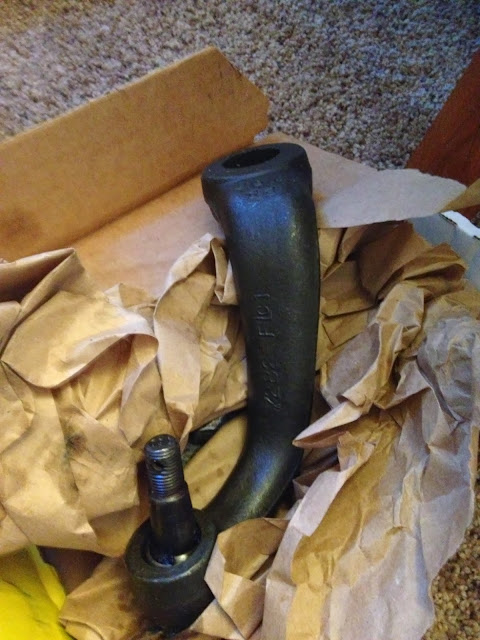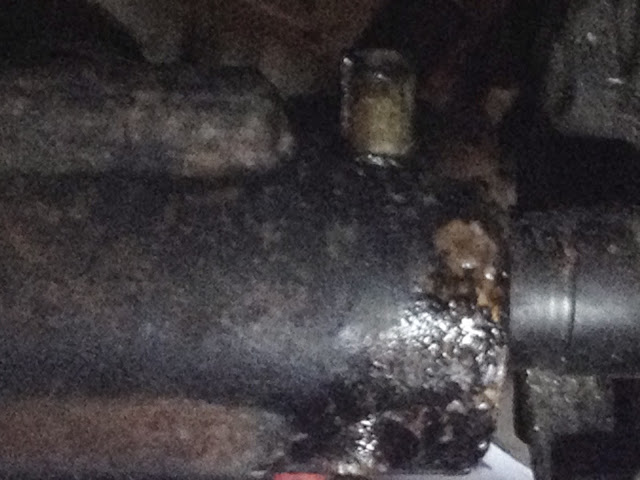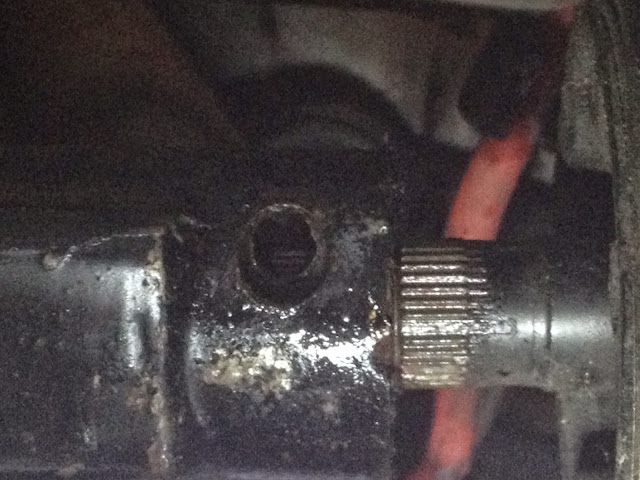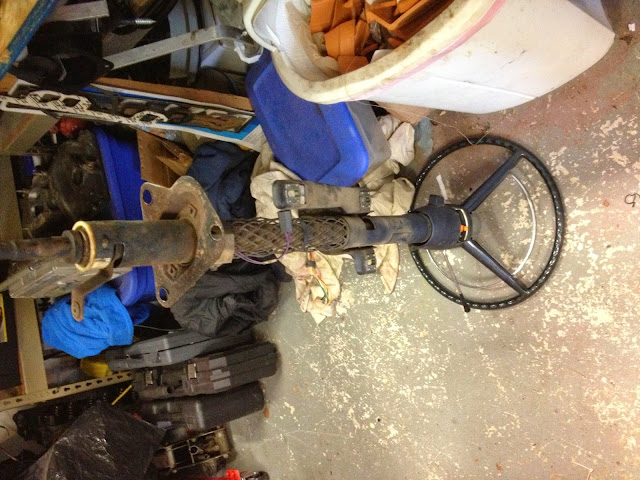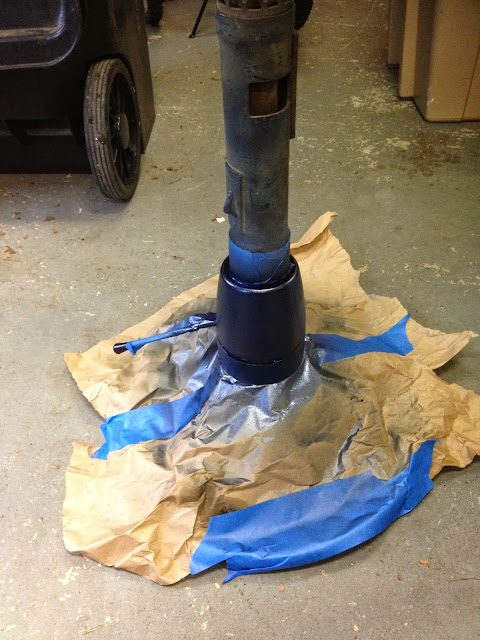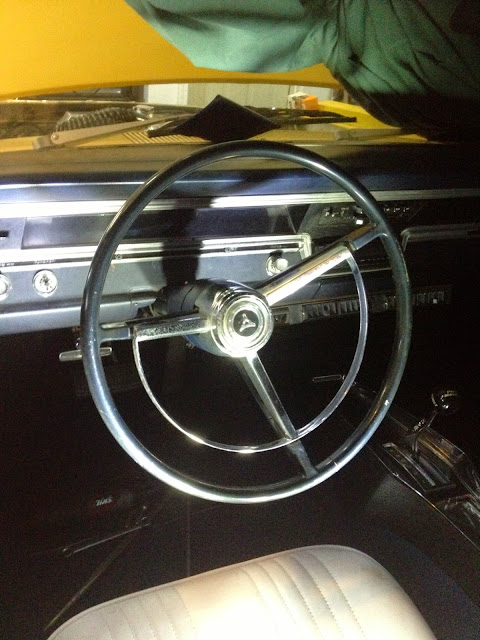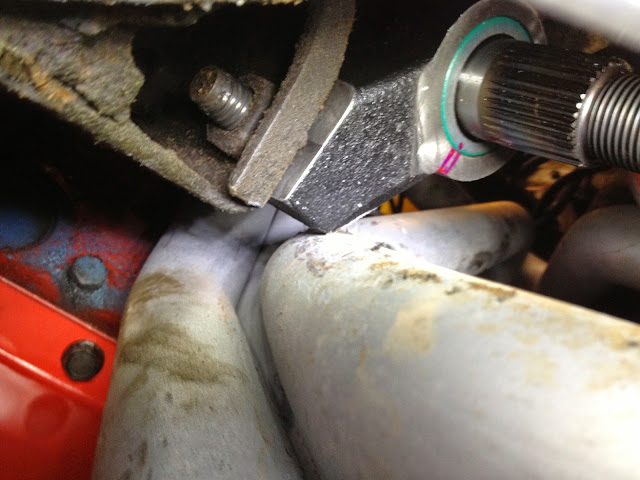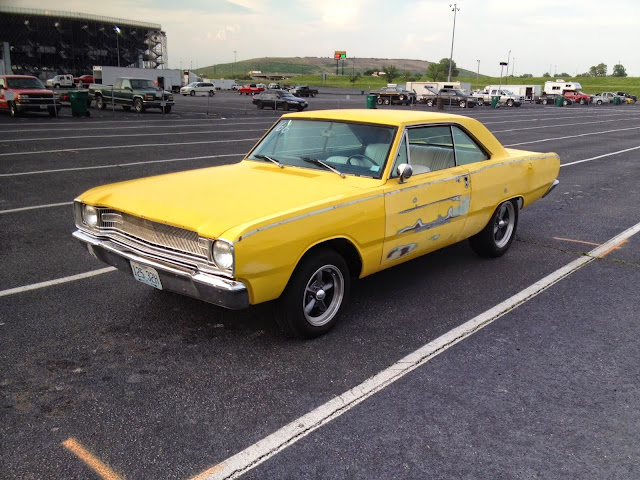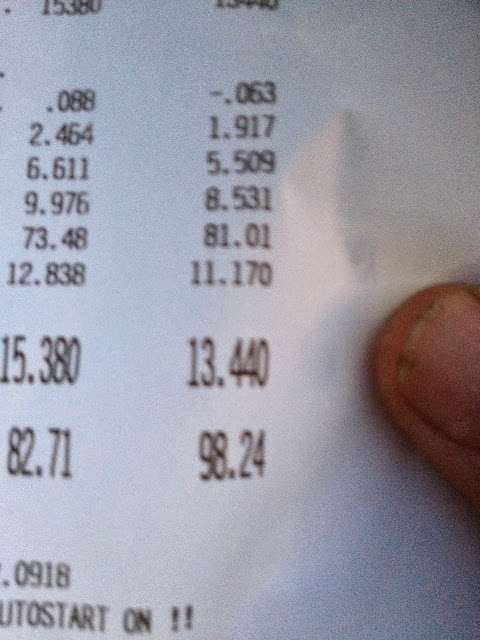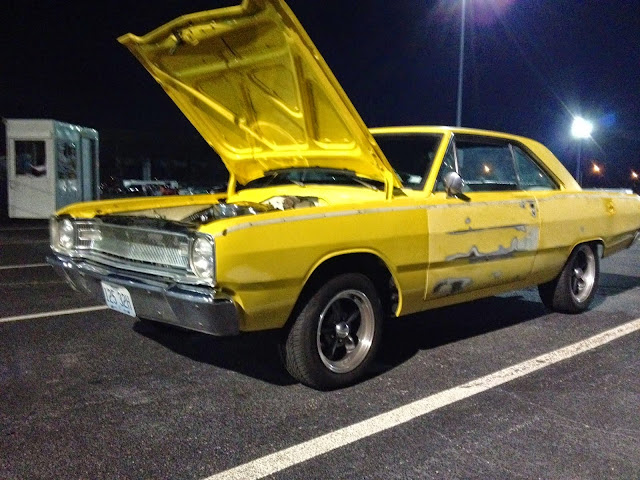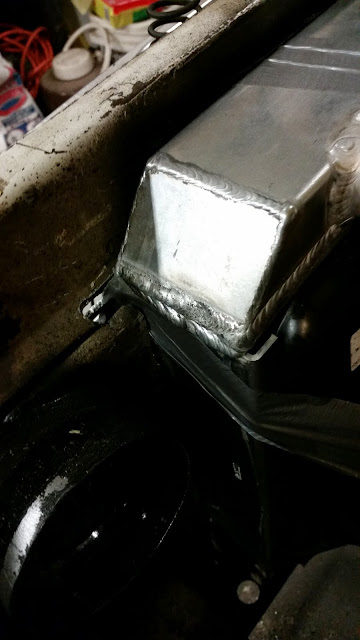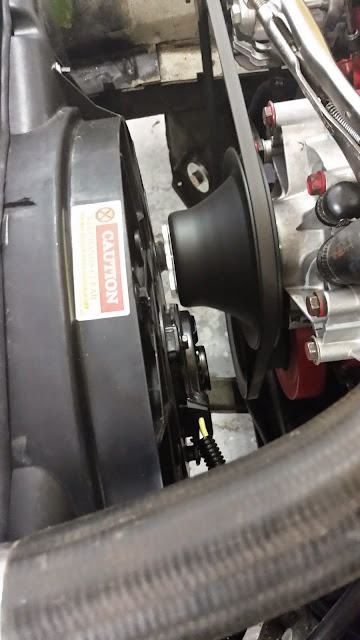sledger46
Well-Known Member
Hello all,
A couple of years ago a friend of mine found a console at a swap meet. I have had it mocked up in the car for over a year, but this weekend I finally cleaned it up. This is what I started with:
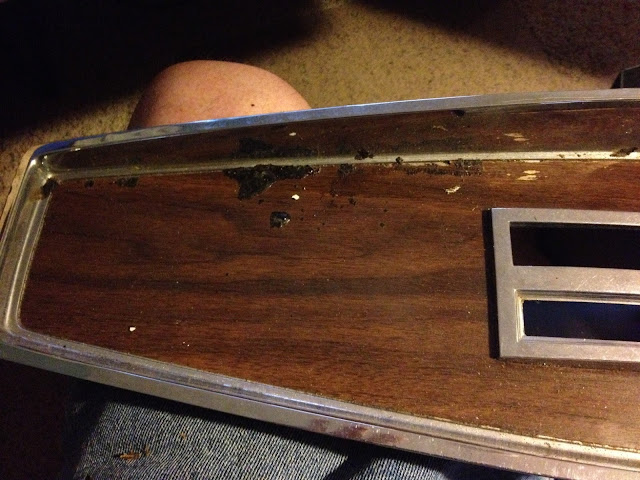
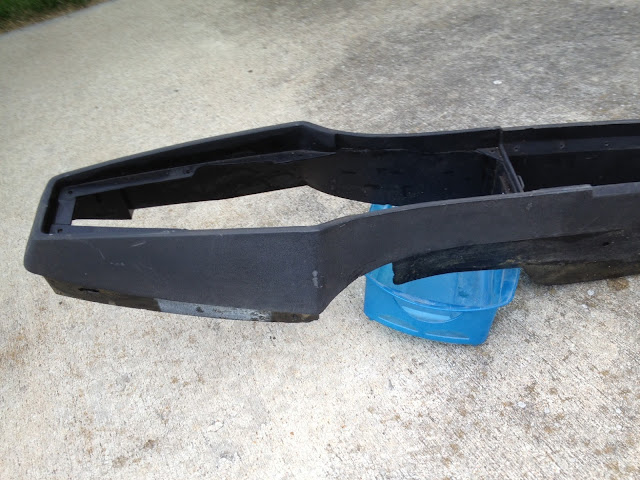

My car is a 270 series with a low trim level so the wood grain on the console did not match anything in the car. I did buy the wood grain decal from Year One, but decided against it. I took the wood grain decals and headed to a local graphics shop where they recreated the decals in black to match to 270 dash color.
Now came the fun part of trying to remove all the old wood grain.
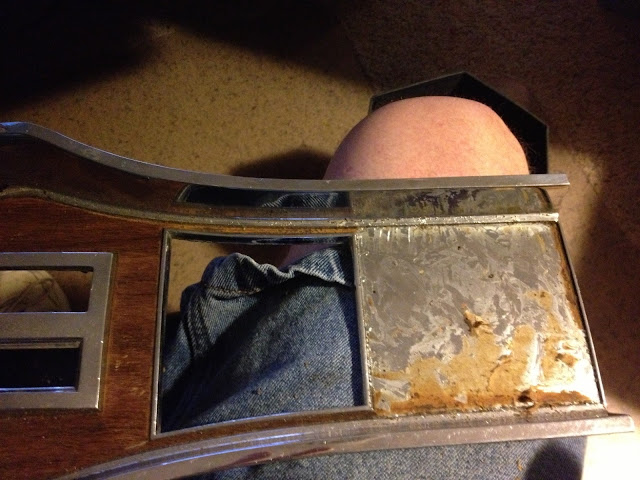

Once I had all the wood grain removed, I used adhesive remover to clean up the residue left by the wood grain decal. I then washed these pieces with soap and water and dried carefully before applying the new decal. I also washed the console shell in soapy water and used a soft brush to get it cleaned up. Once it was dry I used black spray paint specifically for plastics to coat the shell.
This is what it all looks like mocked up with the new paint and decal:
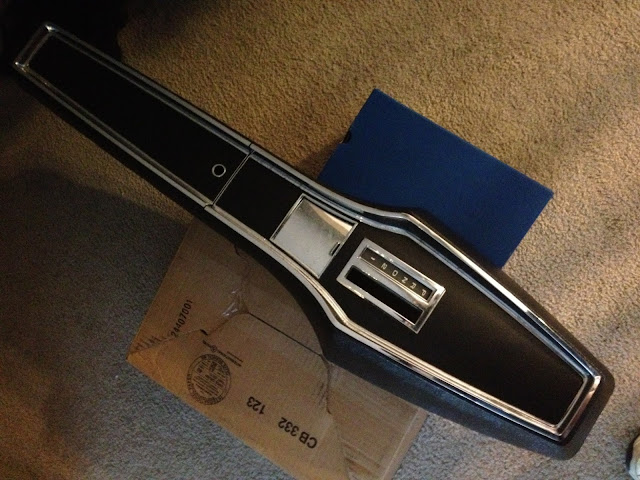
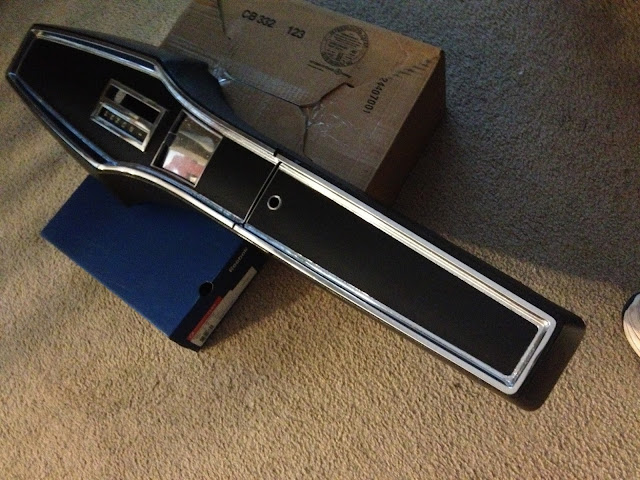

It is not perfect, but is "driver" quality. Not I just need to find the ziplock bag with all the hardware to assemble it the final time.
A couple of years ago a friend of mine found a console at a swap meet. I have had it mocked up in the car for over a year, but this weekend I finally cleaned it up. This is what I started with:



My car is a 270 series with a low trim level so the wood grain on the console did not match anything in the car. I did buy the wood grain decal from Year One, but decided against it. I took the wood grain decals and headed to a local graphics shop where they recreated the decals in black to match to 270 dash color.
Now came the fun part of trying to remove all the old wood grain.


Once I had all the wood grain removed, I used adhesive remover to clean up the residue left by the wood grain decal. I then washed these pieces with soap and water and dried carefully before applying the new decal. I also washed the console shell in soapy water and used a soft brush to get it cleaned up. Once it was dry I used black spray paint specifically for plastics to coat the shell.
This is what it all looks like mocked up with the new paint and decal:



It is not perfect, but is "driver" quality. Not I just need to find the ziplock bag with all the hardware to assemble it the final time.

